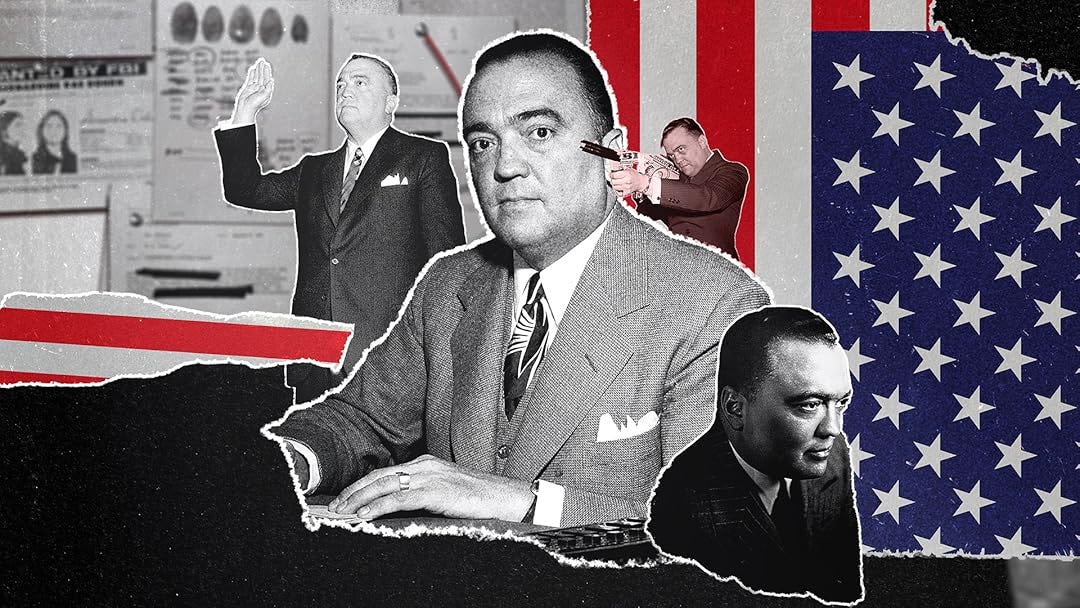The Hoover Files: 7 Unsettling Truths Buried in America's Basement
The Director's Shadow: How Hoover's Secret Files Shaped America and Buried Truths
Picture a locked drawer in a government office. Inside, files bulge with handwritten notes, wiretap transcripts, and whispers typed onto onion-skin paper. For 48 years, J. Edgar Hoover filled those drawers—not just with facts, but with lives. This isn’t spy fiction. It’s how a man in a suit wielded more power than presidents. Let’s open the cabinet carefully. The dust might sting your eyes.
The Ghost Filing System
Hoover’s FBI ran a shadow paperwork operation. Sensitive documents—illegal surveillance orders, coercion tactics, COINTELPRO plans—were stamped "Do Not File." Agents slid them into separate drawers, not official cabinets. Every few months, shredders hummed in basement rooms. Pulverized paper piled like dirty snow.
No digital backups existed. Just carbon copies vanishing into ash. One agent later recalled the smell: burnt ink and guilt. This system ensured Hoover’s darkest work left no trail. Congressional investigators in the 70s found gaps in records—blank spaces where evidence should’ve been. Files weren’t misplaced. They were designed to dissolve.


